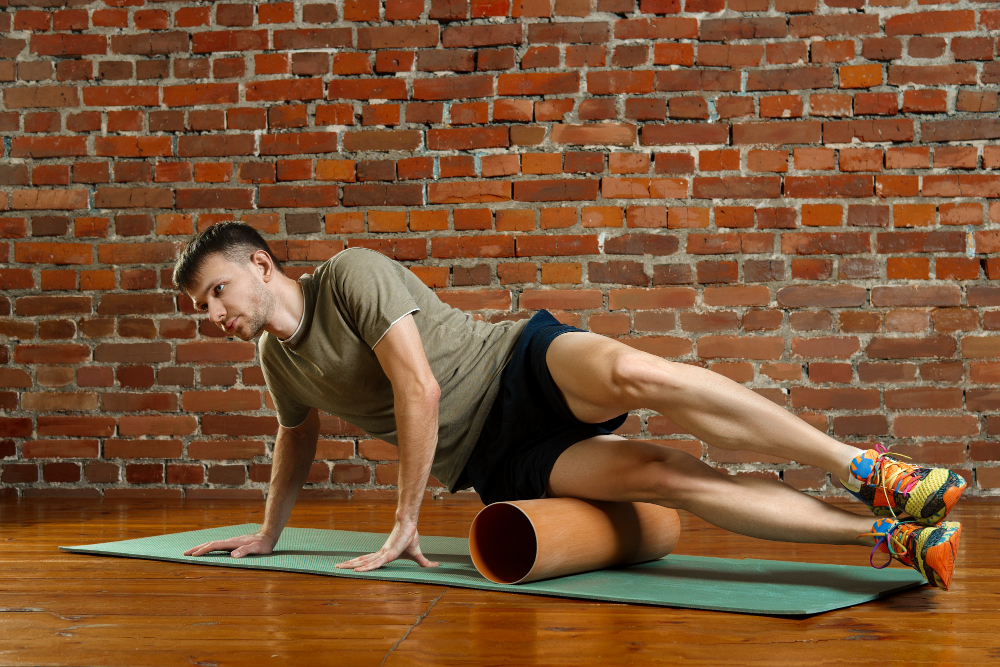Strategies to Combat Anterior Pelvic Tilt

Anterior pelvic tilt (APT) is a common postural problem that affects many people. This condition is characterized by the tilting of the pelvis forward, which can lead to lower back pain, muscle imbalances, and poor posture. APT is caused by a combination of factors, such as a sedentary lifestyle, poor posture, and weak or tight muscles. Fortunately, there are strategies that can help combat the effects of APT, and in this blog post, we'll explore some of the most effective ones.
1. Strengthen Your Core Muscles
One of the most effective ways to combat APT is to strengthen your core muscles. Your core muscles, such as your abs, obliques, and lower back, help to stabilize your pelvis and spine. When these muscles are weak, your pelvis may tilt forward, leading to APT. To strengthen your core muscles, incorporate exercises like planks, sit-ups, and back extensions into your workout routine.
2. Stretch Your Hip Flexors
Tight hip flexors can also contribute to APT, as they can pull on your pelvis and tilt it forward. To combat this problem, make sure to stretch your hip flexors regularly. One of the most effective stretches for hip flexors is the lunge stretch. To do this stretch, take a large step forward with one foot, bend your front knee, and lower your back knee to the ground. Hold this position for 30 seconds and repeat on the other side.
3. Strengthen Your Glutes
Weak glutes can also contribute to APT, as they play an important role in stabilizing your pelvis. To strengthen your glutes, incorporate exercises like squats, lunges, and hip bridges into your workout routine. These exercises will help to activate your glutes and strengthen the muscles that stabilize your pelvis.
4. Improve Your Posture
Poor posture can contribute to APT, as it can cause your pelvis to tilt forward over time. To improve your posture, be mindful of how you sit and stand throughout the day. Sit with your back straight and your feet flat on the ground, and stand with your shoulders back and your chin tucked in. Additionally, make sure to take breaks if you sit or stand for long periods of time.
5. Get Professional Help
Finally, if you're struggling with APT, consider getting professional help from a physical therapist. A physical therapist can help you identify the root causes of your APT and develop a personalized treatment plan to combat it. They can also guide you through exercises and stretches that are tailored to your specific needs.
Conclusion
In conclusion, APT is a common postural problem that can lead to a variety of issues, but it can be addressed with proper strategies. By strengthening your core muscles, stretching your hip flexors, strengthening your glutes, improving your posture, and getting professional help, you can combat the effects of APT and improve your overall health and well-being. If you're struggling with APT or other postural issues, consider contacting a physical therapist for personalized help and guidance. If you're looking for Physical therapy in Winter Park, FL, contact B Physical Therapy today for more information.